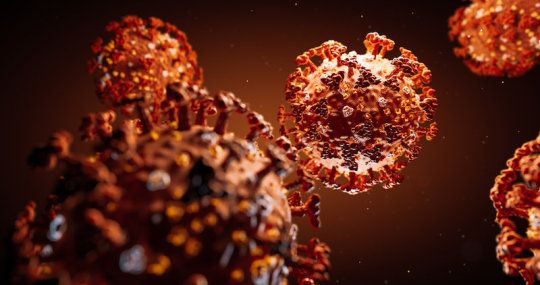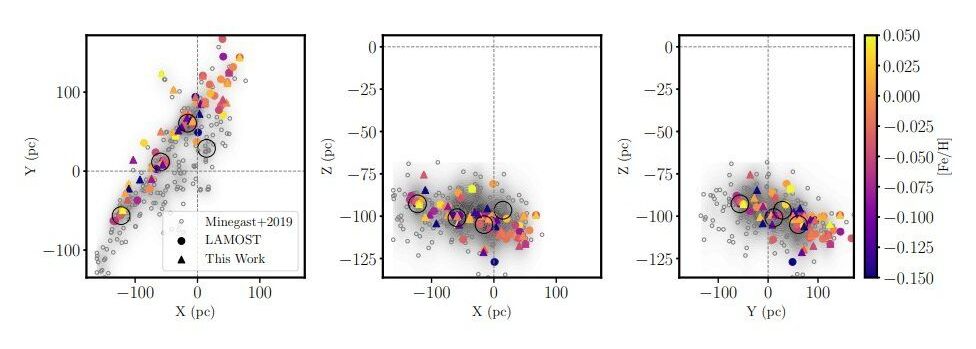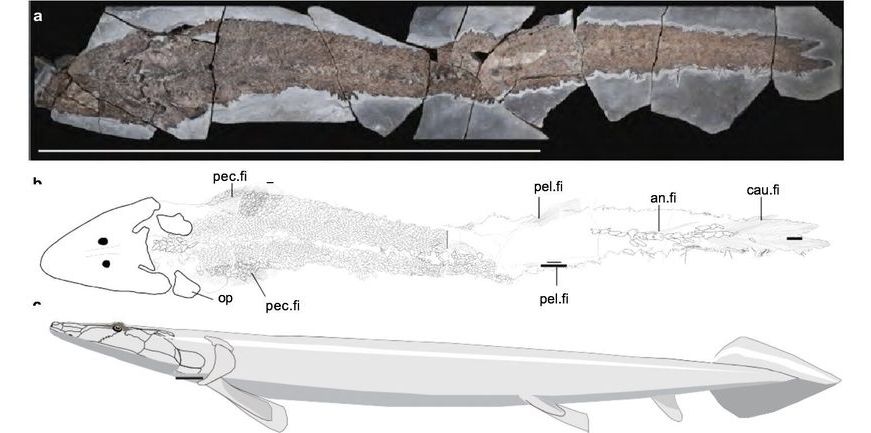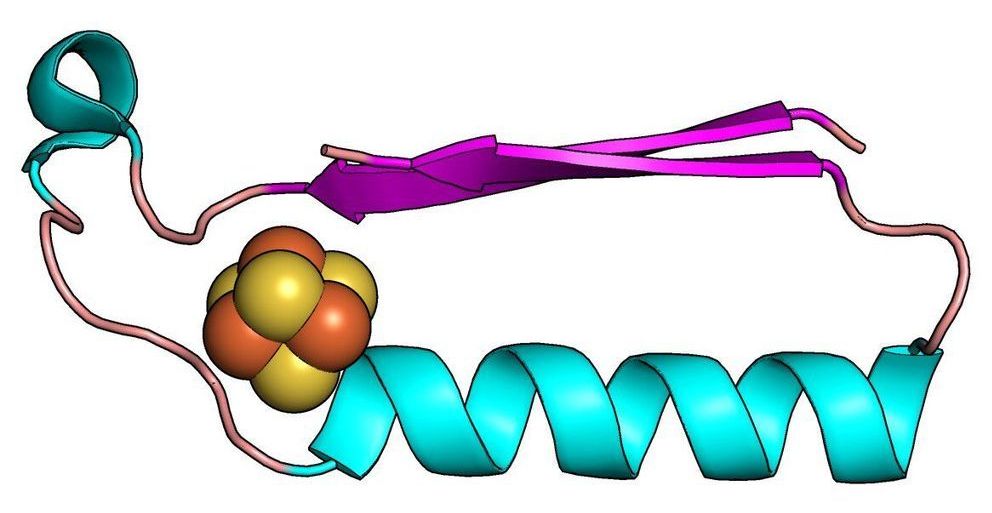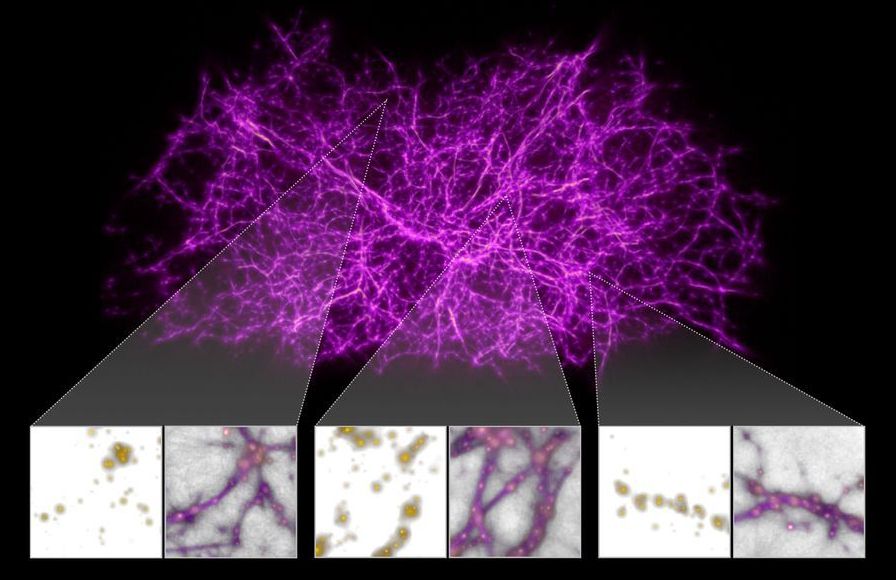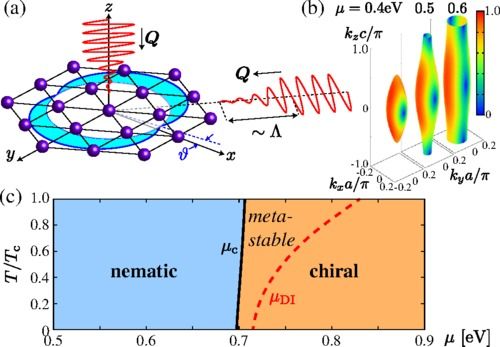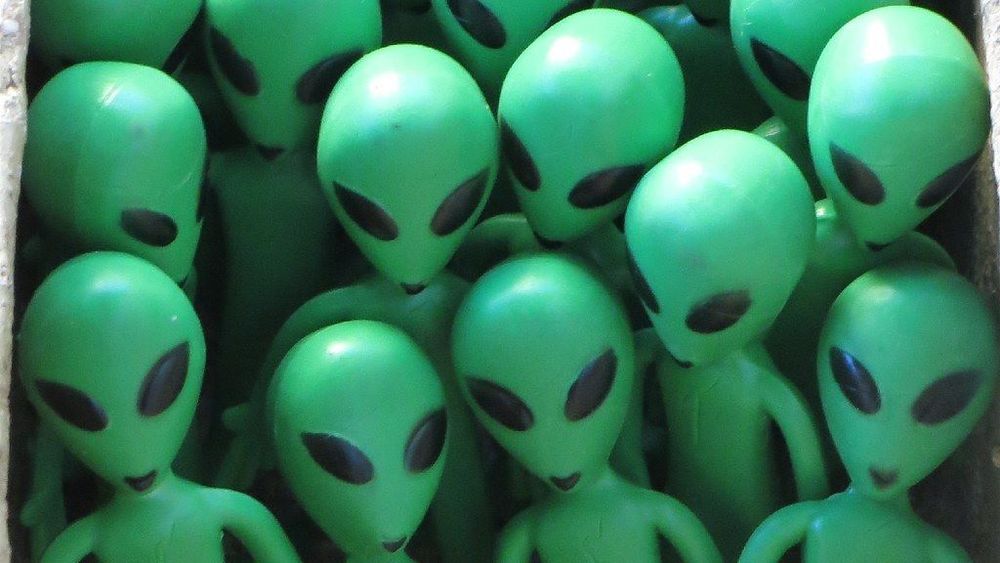Josie Golding, Ph.D., who is the epidemics lead at the Wellcome Trust, a research charity based in London, United Kingdom, did not participate in the study but comments on its significance.
She says the findings are “crucially important to bring an evidence-based view to the rumors that have been circulating about the origins of the virus (SARS-CoV-2) causing COVID-19.”
“[The authors] conclude that the virus is the product of natural evolution,” Goulding adds, “ending any speculation about deliberate genetic engineering.”

